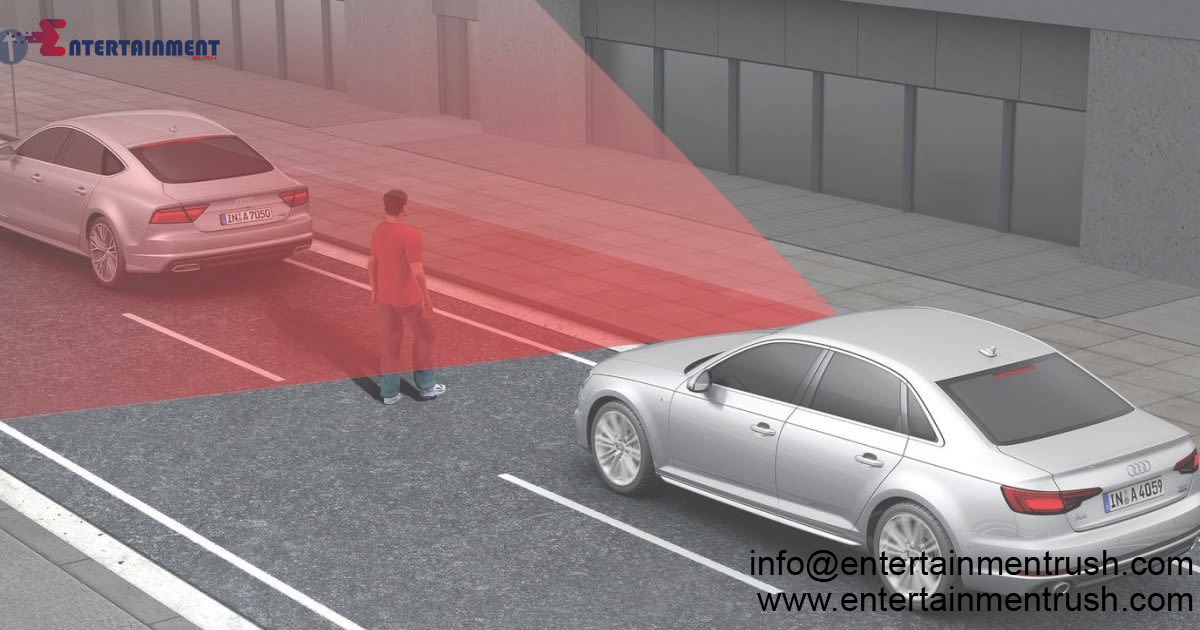In recent years, there has been a significant push towards enhancing road safety through technological advancements in vehicles. One such innovation is Automatic Emergency Braking (AEB), a system designed to mitigate collisions by applying brakes automatically when a potential crash is detected. While this technology holds promise for reducing accidents, particularly those involving vehicles, its effectiveness in protecting pedestrians remains limited.
Understanding Automatic Emergency Braking (AEB)
AEB is an advanced safety feature that relies on sensors, cameras, and radar to monitor the road ahead. When the system detects an imminent collision, it can apply the brakes autonomously, helping to prevent or reduce the severity of accidents. This technology is particularly valuable in situations where human reaction times may be insufficient to avoid a crash.
Limitations of Current AEB Technology
Despite its potential, current AEB systems have notable limitations when it comes to protecting pedestrians. One major challenge is accurately detecting pedestrians, especially in complex urban environments where there are numerous potential obstacles. Factors such as poor lighting conditions, unpredictable movements, and crowded streets can make it difficult for AEB systems to identify pedestrians reliably. Real-world data also highlights the shortcomings of existing AEB technology. While these systems have shown effectiveness in reducing rear-end collisions and other types of accidents, their impact on pedestrian safety has been less significant. In many cases, AEB systems fail to detect pedestrians altogether or activate too late to prevent a collision.
Regulatory Measures in the U.S.
Recognizing the importance of AEB in enhancing road safety, the United States has introduced regulatory measures to encourage its adoption. The National Highway Traffic Safety Administration (NHTSA) has mandated that all new vehicles come equipped with AEB systems as standard equipment. Manufacturers are required to meet specific performance standards and deadlines for implementing this technology, with penalties for non-compliance.
Innovations in AEB Technology
In response to the limitations of current AEB systems, manufacturers are actively developing innovative solutions to improve pedestrian detection. These advancements include the integration of additional sensors, such as lidar and thermal imaging, to enhance the system’s ability to identify pedestrians in various conditions. Machine learning algorithms are also being deployed to improve the accuracy of pedestrian detection and reduce false positives.
Future of AEB and Pedestrian Safety
As AEB technology continues to evolve, there is optimism about its potential to enhance pedestrian safety significantly. By addressing the current limitations and incorporating cutting-edge innovations, AEB systems have the potential to become more effective at preventing pedestrian accidents. Collaboration between automakers, regulatory agencies, and other stakeholders will be crucial in driving further improvements and ensuring the widespread adoption of this life-saving technology.




Leave feedback about this